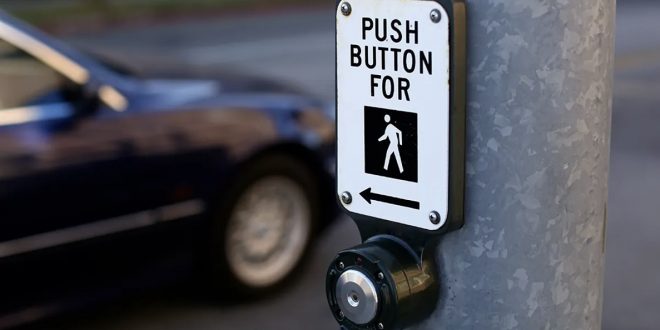Vaughn Langless revealed to investigators for Air Conditioning, Heating and Refrigeration News in 2003 that “in 1987, I was involved with the refurbishment of an office facility in Rochester, New York, to make facilities for about 200 telemarketers’ cubicles.”
New rooftop heaters and air-handling systems were installed as part of the restoration. Everything went smoothly throughout the installation, but when summer gave way to fall, his team started receiving a ton of calls from disgruntled workers suffering from three bear syndrome.
When it was cool outside in the morning, Langless said, “we would get calls to turn up the heat, and when it warmed up outside in the afternoon, we would get calls to turn down the heat.”
To keep most people happy, the team came up with a technique that essentially automated little adjustments in temperature throughout the day. Nevertheless, until they came up with a better approach, some requests continued to come in.
According to Langless, “We mounted a ‘dummy stat’ next to the ‘controlling stat’ and handed the floor manager the key to the stat – now the tenants could ‘control’ their space as they wanted with the consent of their manager.”
“The dummy stat did nothing other than provide the occupants the psychological sense that they controlled the HVAC system and their working environment. Our service calls stopped coming in, and as far as I know, that system is still in place and functioning as it has since 1987.
This story wasn’t unique in any way. According to a poll of installers conducted by the website, 70% of them installed bogus thermostats. The reasons for installing the phony thermometers varied, but they might have been anything from preventing staff from arguing over the temperature in places where temperature-sensitive equipment would be harmed, to preventing the public canteens from abusing the thermostats. In each instance, decision-makers decided to install a phony thermostat to provide the impression that the public or employees are in control rather than having no thermostat at all, or only one, such as in a manager’s office.
Nothing, however, compares to the pure power that comes from a child sprinting up to a road, pressing the crosswalk button, and watching the cars halt at your order. Or the equally wonderful sensation of pressing the close door button frantically while witnessing the elevator doors closing in a stranger’s face.
I’m sorry to break it to you, but many of the buttons you’re pressing also have no discernible effect.
Which other buttons are deceiving me, too?
Pressing the walk button at a pedestrian crossing might or might not have any effect depending on where you are. In New York, pressing the button signals to the system that you wish to cross, which expedites the time it takes for the lights to change. If you were born in 1975, that is. The majority of these buttons were deactivated in the 1980s in favor of centralized control, but rather than incur the expense of removing the inactive button, it was left in place for people to press, completely ineffectively.
Crosswalks for pedestrians operate similarly in both the US and the UK. There are still some crossings where touching it will stop cars for you so that you can cross while also affecting the flow of traffic. For example, at isolated crossings in the center of the road as opposed to those located at intersections.
However, there are plenty of them (like at the majority of London crossroads) that will only make you feel better about your wait. An examination by Forbes revealed that many traffic lights operate differently depending on the time of day, further complicating matters. When there is more traffic during the day, pressing the walk button has no effect. Push it at night, and you’ll feel strong once again because some people actually manage traffic during those hours.
The same analysis discovered that although in New Zealand you can poke the button all you like with the certainty that it will have no impact on your day, in Manchester 40% of walk buttons at peak hours do not change the lights.
The Americans with Disabilities Act of 1990 prohibited the use of elevator close door buttons fully in the US in order to guarantee that doors remain open long enough for people in wheelchairs or walking aids to enter.
Pressing these buttons is therefore encouraged because they might even improve your mood. But don’t count on them working the majority of the time.
 Tech Gadget Central Latest Tech News and Reviews
Tech Gadget Central Latest Tech News and Reviews




